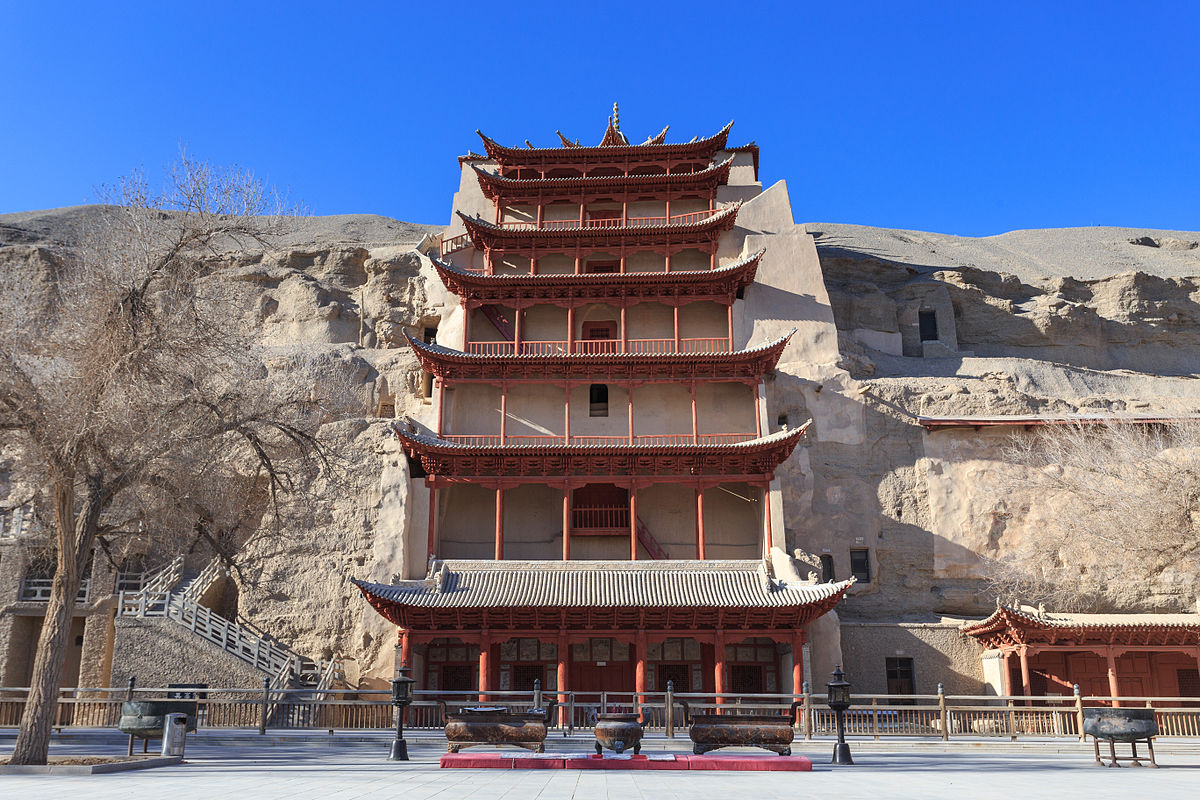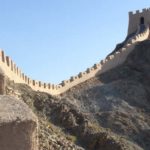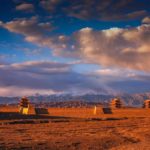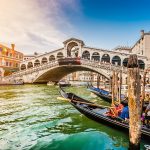Mogao Grottoes, also known as the ”Thousand – Buddha Cave”, is located 25 km to the southeast of Dunhuang City. It is one of the Four Caves of China, the other three being Yungang Grottoes in Datong, Shanxi, Longmen Grottoes in Luoyang, Henan, and Maiji Mountain Grottoes in Tianshui, Gansu. The building of Mogao Grottoes began in the former Qin period of the Sixteen Kingdoms and continued to be built all through the Sixteen Kingdoms, the Northern Dynasties, Sui, Tang, Five Dynasties, Western Xia, and Yuan Dynasty, forming a huge scale with 735 caves, murals of 45,000 square meters, and 2415 muddy painted sculptures. It is the largest place of Buddhist art with the richest content existing in the world.
There are more than 500 caves, preserving 492 paintings and sculptures. According to the construction and function, the grottoes are divided into the Central Column Grotto (Zhiti Grotto), the Sanctuary Grotto (the Central Altar Grotto), the Bucket Top Grotto, the Great Image Grotto, Nirvana Grotto, Zen Grotto, the Monk Room Grotto,the Barn Grotto, the Shadow Grotto, the Tomb Grotto, etc.. Besides these, there are also some pagodas. The largest cave is more than 40 meters high and 30 meters wide; the smallest one is less than 0.3 meters high. The center-tower style, an exotic form preserved from the early caves, reflects how the ancient artists digested and absorbed the exotic art forms before making them national in China. Many of them are master pieces of extant ancient architecture. Outside many caves, there survive in good condition wooden cave eaves of theTang and Song Dynasties which are rare ancient wooden building examples with a high research value.
The murals of Mogao Grottoes are rich and colorful, representing Buddhist stories, mountains, rivers, and pavilions. On the basis of nationalization, the ancient Chinese artists learned a lot from the art of Iran, India, Greece and other countries. The murals symbolize the developed civilization of the ancient Chinese nation. The different painting styles of different dynasties reflect the politics, economy, and culture of feudal societies in ancient China. They are a brilliant chapter in the history of ancient Chinese art, providing precious image materials for the study of the history of Ancient China.










